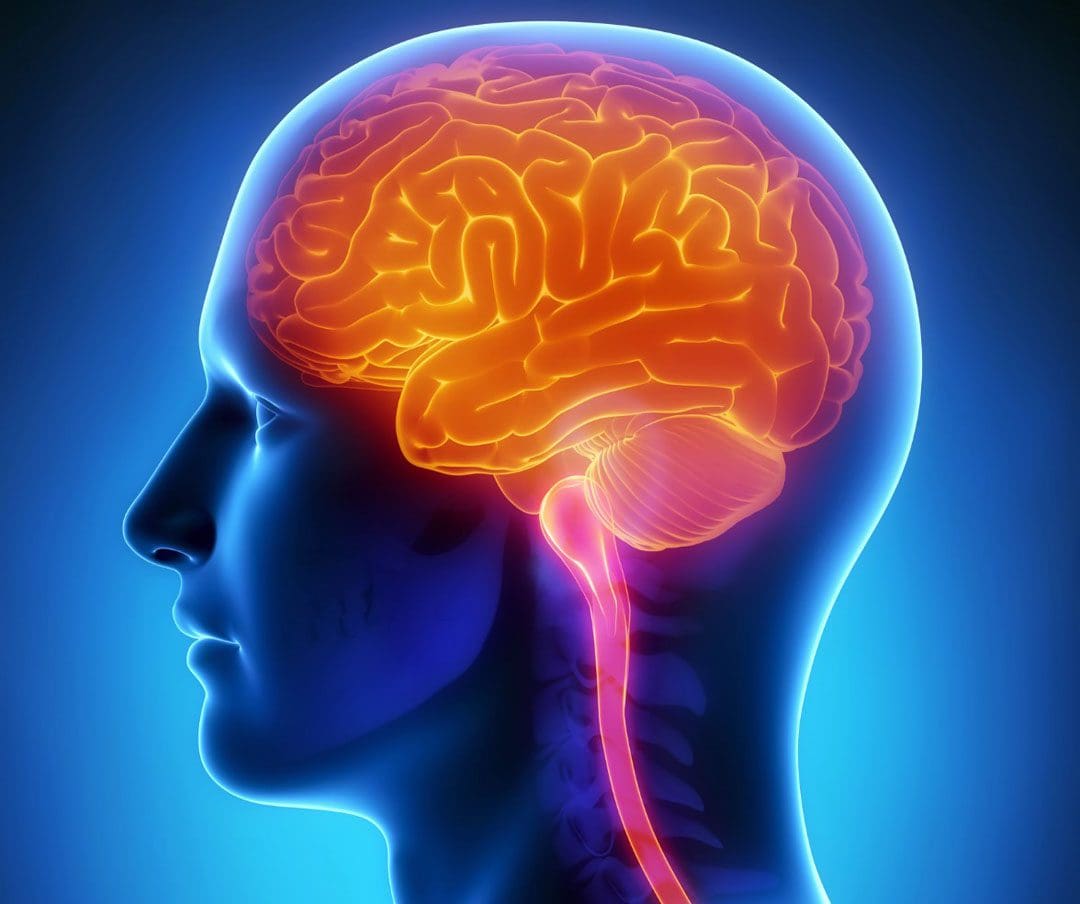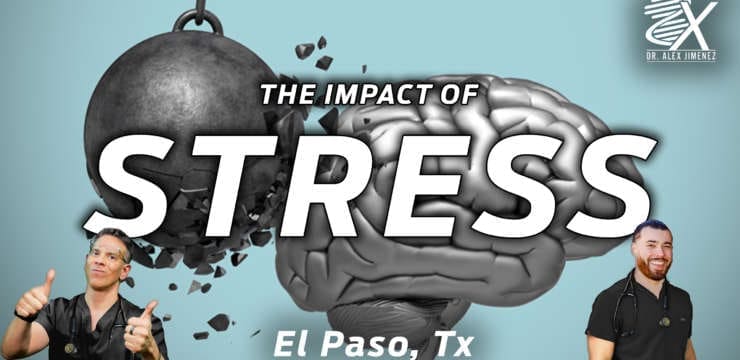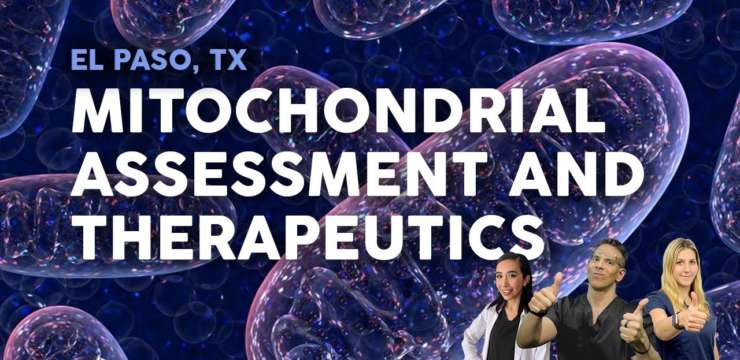
Can chiropractic treatment protocols diagnose what’s causing head pressure in individuals, and provide effective treatment?
Table of Contents
Head Pressure
Head pressure can have various causes and symptoms that affect different areas depending on whether the cause is a headache, allergies, injury, illness, or disease. The location of the pressure or pain can help a doctor of chiropractic determine the cause.
- The underlying factor is usually not life-threatening, but the pressure that has built can be the result of serious conditions like a head injury or brain tumor.
- Chiropractic ?care, which includes a combination of spinal manipulation, active and passive exercises, and massage, is often used for headache management and prevention. (Moore Craig, et al., 2018)
- Chiropractic therapy is often sought out for tension and cervicogenic headaches, migraines, and each responds differently to the treatment.
The Head
- The head is made up of a complex system of lobes, sinuses/channels, blood vessels, nerves, and ventricles. (Thau L, et al., 2022)
- The pressure of these systems is regulated and any disruption to this balance can be noticeable.
- Diagnosis can be difficult to figure out what is causing discomfort or head pressure.
- Pain, pressure, irritability, and nausea are all symptoms that can occur with headaches. (Rizzoli P, Mullally W. 2017)
Location
- Head pressure in more than one spot is possible with a migraine or a severe cold. (American Migraine Foundation 2023)
- Pain can present in more than one area if there has been a head injury.
- If the pressure is more specific in a certain region, it can help provide clues about the cause of the symptoms.
- Medical issues can cause pressure in different areas. (Rizzoli P, Mullally W. 2017)
- An example is a sinus infection which can cause pressure under the eyes and around the nose.
- A migraine or tension headache can present as: (MedlinePlus. Migraine 2021)
- A tight band around the head.
- Pain or pressure behind the eyes.
- Stiffness and pressure in the back of the head and/or neck.
Causes of Pressure
The root cause of the problem is not always clear. There can be a number of potential causes.
Tension Headache
Tension headaches are the most common that feels like pressure squeezing the head. They usually develop because of tightening scalp muscles caused by:
- Stress
- Depression
- Anxiety
- Head injuries
- Unusual positioning of the head or illness can cause tension headaches.
Other than muscle tension, tension headaches can develop from: (MedlinePlus. Tension headache.)
- Physical stress
- Emotional stress
- Eye strain
- Fatigue
- Overexertion
- Overuse of caffeine
- Caffeine withdrawal
- Over alcohol use
- Sinus infections
- A cold or flu
- Smoking
- Tension headaches can also run in families. (MedlinePlus. Tension headache.)
Sinus Headache
- A sinus headache – rhinosinusitis – is caused by a viral or bacterial infection in the sinus cavities. (American Migraine Foundation 2023)
- There are sinus cavities on each side of the nose, between the eyes, in the cheeks, and on the forehead.
- The location of where these headaches cause pressure varies, depending on which sinuses are infected. (Cedars Sinai. Sinus Conditions and Treatments)
- Sinus infection headaches are obvious from the discolored nasal drainage.
- Individuals can have facial pain and pressure, lose their sense of smell, or have a fever. (American Migraine Foundation 2023)
Ear Conditions
- The ears help the body sense movement and balance.
- A problem in the inner ear that helps control balance can cause a type of migraine known as a vestibular migraine. (American Speech-Language-Hearing Association)
- This type of migraine doesn’t always present with pain symptoms.
- Problems with balance and feelings of vertigo/sense of spinning are common with these types of migraines. (American Migraine Foundation)
- An ear infection can also cause feelings of head pressure and/or pain.
- Infections can cause pressure to build on the delicate structures of the middle and inner ear.
- These infections are usually caused by viral illness or bacteria. (FamilyDoctor.org)
Neurological Causes
- Neurological diseases and conditions can lead to increased pressure in the head.
- The pain symptoms depend on the specific cause.
- For example, a stroke can affect the whole head, while decreased brain fluid levels may affect just the base of the skull.
- The latter condition is known as intracranial hypertension which means increased pressure in the brain. (Schizodimos, T et al., 2020)
- For some individuals, there is no clear cause, this is known as idiopathic intracranial hypertension. (Wall, Michael. 2017) (National Health Service 2023)
Other causes of increased intracranial pressure include:
- Medications
- Hormones
- Head injury
- Fluid buildup inside the brain – hydrocephalus (National Institute of Neurological Disorders and Stroke, 2023)
- Brain infections like meningitis or encephalitis
- Brain blood clots
- Brain tumors
Other
- Head pressure can also occur only at times when standing up, bending down to pick up an object, or otherwise changing posture in some way that blood pressure is affected.
Chiropractic Treatment
The Injury Medical team will develop a personalized treatment plan to help relieve pressure symptoms through a multidisciplinary approach that can include. (Moore Craig, et al., 2018)
- Spinal manipulation
- Low-load craniocervical mobilization
- Joint mobilization
- Decompression
- Deep neck flexion exercises
- Neuromuscular massage
- Physical therapy exercises
- Relaxation techniques
- Stress management
- Nutritional recommendations
Multidisciplinary Evaluation and Treatment
References
Moore, C., Leaver, A., Sibbritt, D., & Adams, J. (2018). The management of common recurrent headaches by chiropractors: a descriptive analysis of a nationally representative survey. BMC neurology, 18(1), 171. doi.org/10.1186/s12883-018-1173-6
Thau, L., Reddy, V., & Singh, P. (2022). Anatomy, Central Nervous System. In StatPearls. StatPearls Publishing.
Rizzoli, P., & Mullally, W. J. (2018). Headache. The American journal of medicine, 131(1), 17–24. doi.org/10.1016/j.amjmed.2017.09.005
American Migraine Foundation. Is it a migraine or a sinus headache?
MedlinePlus. Migraine.
MedlinePlus. Tension headache.
Cedars Sinai. Sinus conditions and treatments.
American Speech-Language-Hearing Association. Dizziness and balance.
American Migraine Foundation. What to know about vestibular migraine.
FamilyDoctor.org. Ear infection.
Schizodimos, T., Soulountsi, V., Iasonidou, C., & Kapravelos, N. (2020). An overview of the management of intracranial hypertension in the intensive care unit. Journal of Anesthesia, 34(5), 741–757. doi.org/10.1007/s00540-020-02795-7
Wall M. (2017). Update on Idiopathic Intracranial Hypertension. Neurologic Clinics, 35(1), 45–57. doi.org/10.1016/j.ncl.2016.08.004
National Health Service. Intracranial hypertension.
National Institute of Neurological Disorders and Stroke. Hydrocephalus. www.ninds.nih.gov/health-information/disorders/hydrocephalus
Disclaimers
Professional Scope of Practice *
The information herein on "Head Pressure" is not intended to replace a one-on-one relationship with a qualified health care professional or licensed physician and is not medical advice. We encourage you to make healthcare decisions based on your research and partnership with a qualified healthcare professional.
Blog Information & Scope Discussions
Welcome to El Paso's wellness blog, where Dr. Alex Jimenez, DC, FNP-C, a board-certified Family Practice Nurse Practitioner (FNP-C) and Chiropractor (DC), presents insights on how our team is dedicated to holistic healing and personalized care. Our practice aligns with evidence-based treatment protocols inspired by integrative medicine principles, similar to those found on dralexjimenez.com, focusing on restoring health naturally for patients of all ages.
Our areas of chiropractic practice include Wellness & Nutrition, Chronic Pain, Personal Injury, Auto Accident Care, Work Injuries, Back Injury, Low Back Pain, Neck Pain, Migraine Headaches, Sports Injuries, Severe Sciatica, Scoliosis, Complex Herniated Discs, Fibromyalgia, Chronic Pain, Complex Injuries, Stress Management, Functional Medicine Treatments, and in-scope care protocols.
Our information scope is limited to chiropractic, musculoskeletal, physical medicine, wellness, contributing etiological viscerosomatic disturbances within clinical presentations, associated somato-visceral reflex clinical dynamics, subluxation complexes, sensitive health issues, and functional medicine articles, topics, and discussions.
We provide and present clinical collaboration with specialists from various disciplines. Each specialist is governed by their professional scope of practice and their jurisdiction of licensure. We use functional health & wellness protocols to treat and support care for the injuries or disorders of the musculoskeletal system.
Our videos, posts, topics, subjects, and insights cover clinical matters, issues, and topics that relate to and directly or indirectly support our clinical scope of practice.*
Our office has reasonably attempted to provide supportive citations and has identified the relevant research studies or studies supporting our posts. We provide copies of supporting research studies available to regulatory boards and the public upon request.
We understand that we cover matters that require an additional explanation of how they may assist in a particular care plan or treatment protocol; therefore, to discuss the subject matter above further, please feel free to ask Dr. Alex Jimenez, DC, APRN, FNP-BC, or contact us at 915-850-0900.
We are here to help you and your family.
Blessings
Dr. Alex Jimenez DC, MSACP, APRN, FNP-BC*, CCST, IFMCP, CFMP, ATN
email: coach@elpasofunctionalmedicine.com
Licensed as a Doctor of Chiropractic (DC) in Texas & New Mexico*
Texas DC License # TX5807
New Mexico DC License # NM-DC2182
Licensed as a Registered Nurse (RN*) in Texas & Multistate
Texas RN License # 1191402
ANCC FNP-BC: Board Certified Nurse Practitioner*
Compact Status: Multi-State License: Authorized to Practice in 40 States*
Graduate with Honors: ICHS: MSN-FNP (Family Nurse Practitioner Program)
Degree Granted. Master's in Family Practice MSN Diploma (Cum Laude)
Dr. Alex Jimenez, DC, APRN, FNP-BC*, CFMP, IFMCP, ATN, CCST
My Digital Business Card







